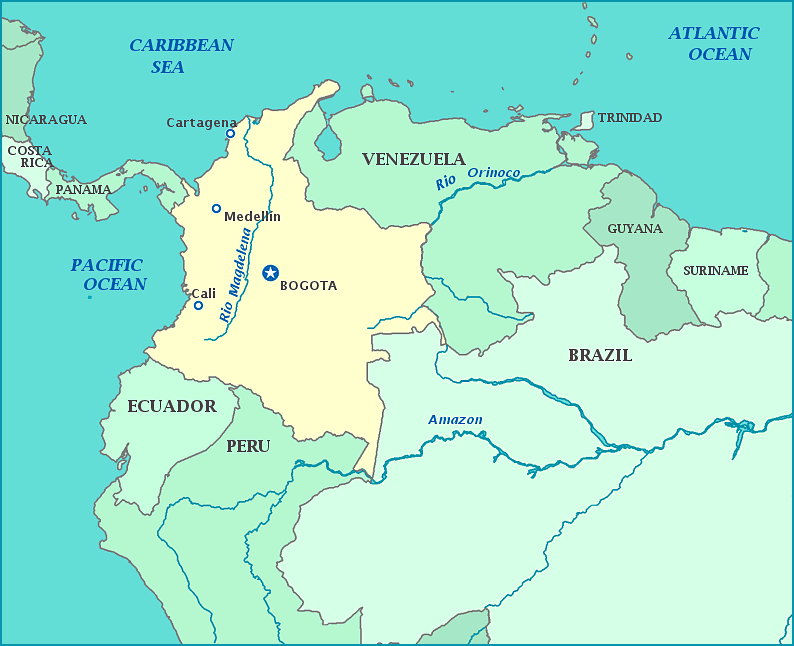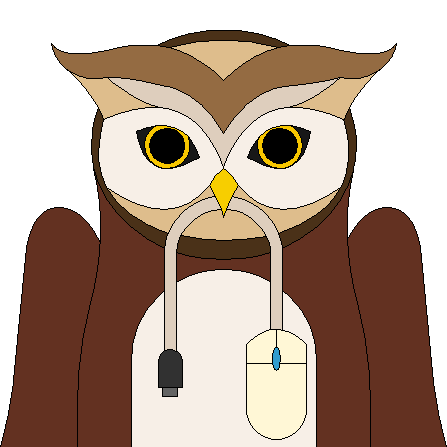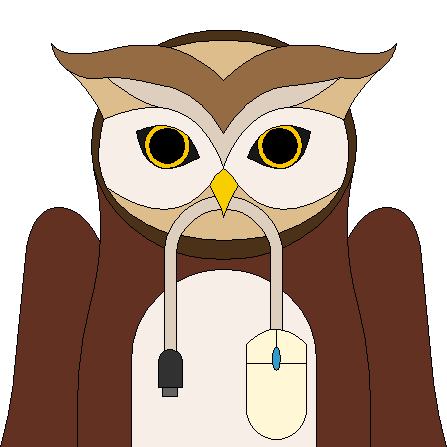
More Maps of South America Print this map of Colombia
Colombia
Colombia is named after its Italian discoverer, Christopher Columbus; the official name is the Republic of Colombia or Republica de Colombia. In 1501 the first stable European settlement was established by Spain. Not only were new people introduced, but also new diseases, both of which proved deadly to native tribes like the Musica, Quimbaya, and Tiarona. As Spanish territory expanded, the land became known as the 'New Kingdom of Grenada' and later was subsumed into the Spanish Vice-royalty of Peru. In the 16th century, African slaves were brought over to replace the native workforce that was dying out from disease and poverty. While Independence was recognized in 1819, it had been a long journey to reach that destination. Several attempts were made to fight against Spain, but none were successful until 1810, with victory in 1811. The country separated from Ecuador in 1830. Things went well for the country, beginning with the abolition of slavery in 1851, followed by economic and human rights progress. Stability and peaceful living ended abruptly thanks to a 2-year civil war from 1886 to 1888, and then it all got worse with 'La Violencia', a 10-year civil war from 1948 to 1958. Guerrilla fighting continued for decades, ending only after constitutional changes in 1991.
Today, Colombia has the third largest economy in Latin America with no small part its being the third largest oil producer in South America, the main global source of emeralds, and supplying 70% of the cut flowers purchased by the USA. It is also the home of many technological inventions, including the external pacemaker. Despite this, 28.5% (as of 2014) of the population lives below the poverty line. While illegally exported drugs only make up 1% of the economy, drug-lords make at least $10 billion dollars a year from trafficking with the country spending $12 billion to combat the drugs and their dealers. Since 2009 Colombia has been the largest cocaine producer in the world, supplying 90% of the cocaine to the US. Over 410 metric tons of cocaine and heroin are shipped out of the country, in total weighing as much as a blue whale.
Taxes, as well as monetary 'gifts' from the drug trade, totaling an average of $300 million a year, have gone to support the widespread guerrilla terrorist movement known as FARC-EP (Fuerzo Armadas Revolucionarias de Colombia-Ejercito de Pueblo, which translates to 'Revolutionary Armed Forces of Colombia—People's Army). FARC-EP also receives funds from ransoms, robberies, extortion of landholders, and donations from large businesses, all in all giving them 60-100 million dollars annually. FARC-EP claims to be a Leninist-Marxist movement of anti-imperialism and pro-agrarianism, though for many it isn't a question of philosophy, but of life or death. In rural areas where residents know little or no government assistance or presence, they have instead grown accustomed to FARC-EP being the only authority around. While FARC-EP has provided a replacement for the police in controlling small-scale crime and minor assistance ranging from education to healthcare to infrastructural improvements, and even worked for peace between drug traffickers and the populace, FARC-EP works hard to keep government aid and knowledge from citizens, uses strong propaganda and coercion to recruit soldiers, and maintains that the only options are dangerous work on cocoa farms or working for them. FARC-EP is still considered one of Colombia's worst problems, even with successful peace talks and expanded government military action and aid to rural areas. FARC-EP's presence and threat began to dwindle in the 1980's and 1990, yet was one of the most important political issues from 2010 to 2015. In 2012 as successful ceasefire was arranged and throughout later year, the government has worked together with FARC-EP against drug traffickers. This was a small victory, given how only a negligible dent was put in the profits of drug traffickers over the years and FARC-EP officially rescinded their ceasefire in 2015.
Colombia connects Central America to South America with its tiny border with Panama. Geographically, the country consists of six regions: the Andes mountains, which are shared with Ecuador and Venezuela, Pacific coastal areas shared with Panama and Ecuador, Caribbean coastal areas shared with Venezuela and Panama, Amazon rain-forest shared with Venezuela, Brazil, Peru, and Ecuador; Llanos or plains, which are shared with Venezuela, and insular area and islands on both the Pacific Ocean and Caribbean. The country sits along the Pacific Ring of Fire, making it susceptible to earthquakes and volcanoes. On the brighter side of things, the country suffers very little deforestation compared to its South American neighbors. The country is ranks first in number of bird species, and in fact is the second most biodiverse country in the world with 10% of all species in the world making it their home, as well as 10%-20% of all plants, 10% of all mammals, 14% of all amphibians, and 18% of all birds.
Area: 1,138,910 sq. km
Population: 46,245,297


